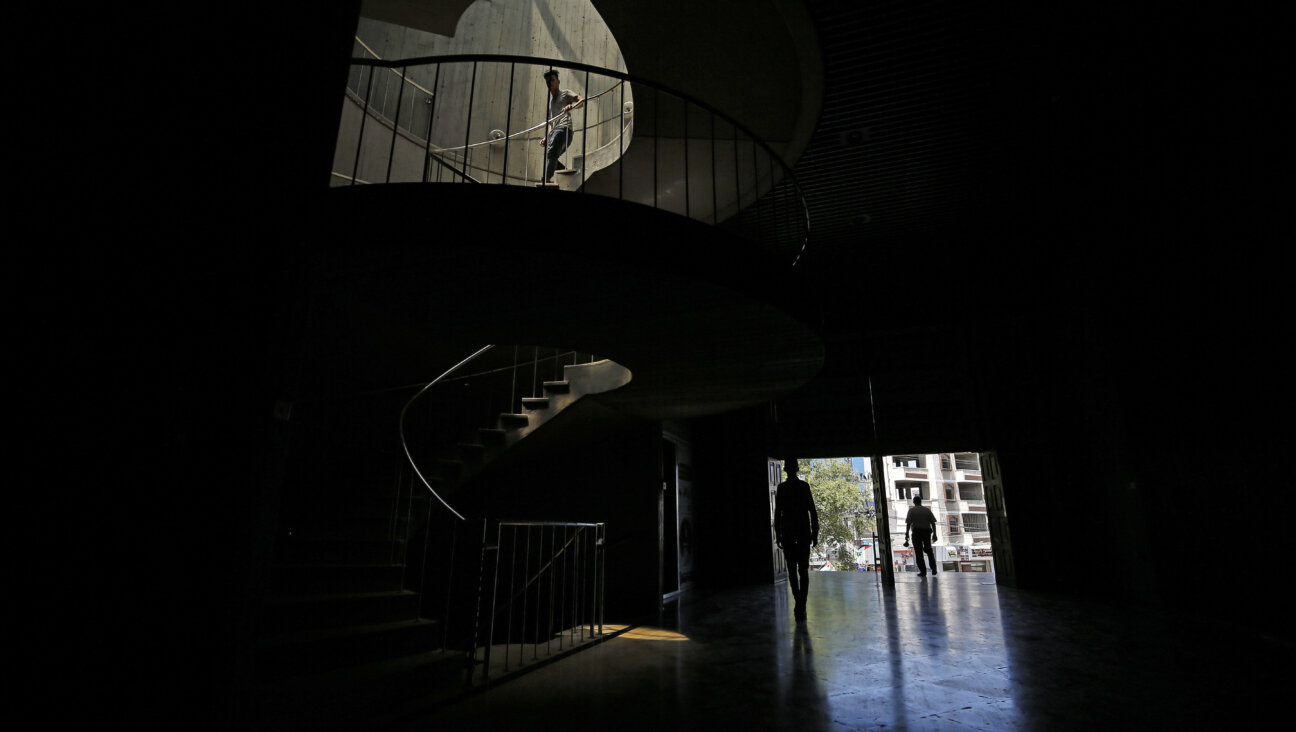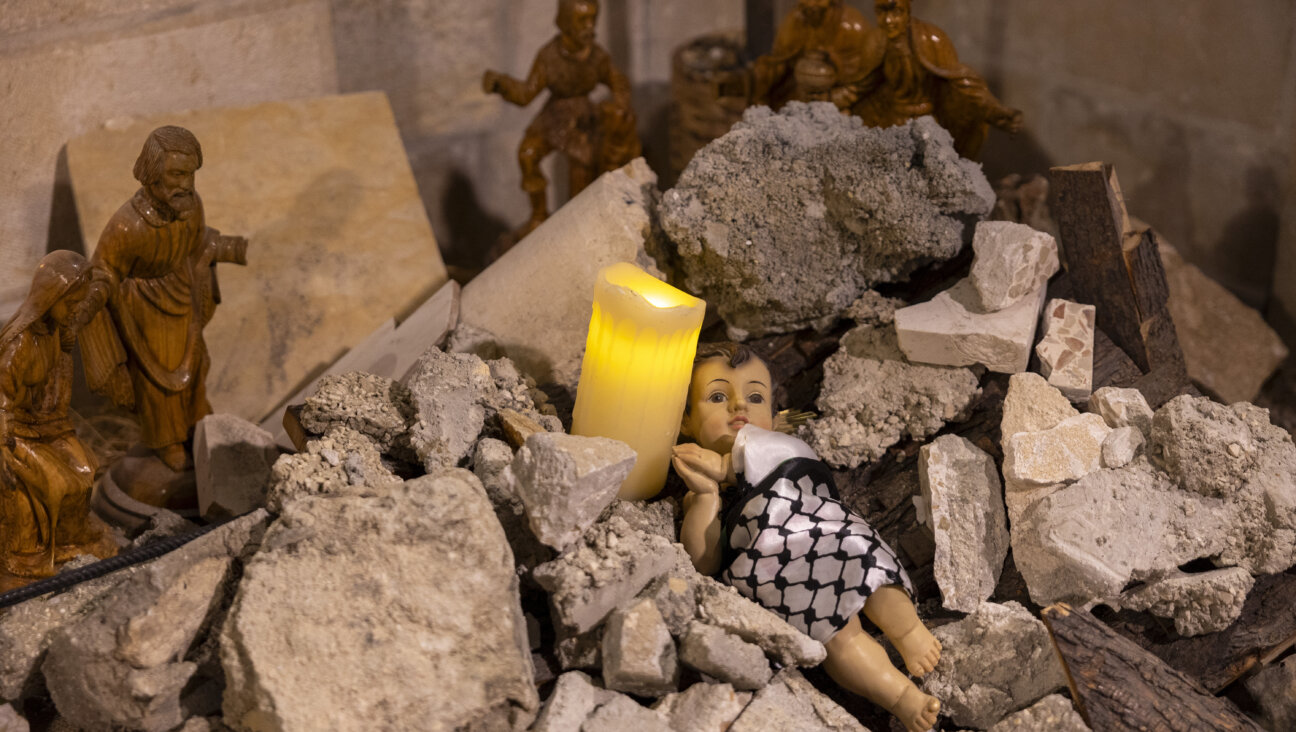Kishinev 1903: The Birth of a Century
One hundred years ago, on April 6, 1903, the Jewish community of Kishinev in what was then czarist Russia suffered two days of mob violence that shocked the world and changed the course of Jewish history.
Provoked by a medieval blood libel, flashed around the globe by modern communications, Kishinev was the last pogrom of the Middle Ages and the first atrocity of the 20th century. The event, and the worldwide wave of Jewish outrage that it evoked, laid the foundations of modern Israel, gave birth to contemporary American-Jewish activism and helped bring about the downfall of the czarist regime.
Much of that, curiously, resulted from a misreading of events at the time.
Kishinev, the capital of the czarist province of Bessarabia, today’s Republic of Moldova, was a town of some 125,000 residents, nearly half of them Jewish. Ethnic tensions were running high that spring, thanks to a noisy, months-long campaign of antisemitic incitement by local nationalists.
The rioting began on Easter Sunday, after rumors spread through town that a Christian had been killed by Jews in a ritual murder. Mobs rampaged through Jewish neighborhoods for two days, burning, smashing, raping and killing. When it was over, 49 Jews were dead and 500 wounded, 1,300 homes and businesses were looted and destroyed and 2,000 families were left homeless.
The brutality sent shock waves across Russia and around the world. Leo Tolstoy spoke out. Mass rallies were held in Paris, London and New York. Western governments protested the apparent complicity of the czar’s police, who had refused repeated pleas to intervene. The Forward reported the news with a banner headline: “Rivers of Jewish Blood in Kishinev.”
From nearby Odessa, the great center of Russian Jewish culture, the young Hebrew poet Hayyim Nahman Bialik was sent to Kishinev by the Jewish communal commission to interview survivors and report firsthand on the bloodbath. Before returning home he composed one of his most powerful poems, “On the Slaughter,” with its unforgettable cry that Satan himself could not forgive the death of a child. A year later Bialik would publish his epic masterwork, “The City of Slaughter,” a searing condemnation of Jewish passivity, from which the following is taken.
Bialik’s poem fell on ready ears. Young Jews across Russia, electrified by the events, took the poem as a call to arms and organized themselves into self-defense units, most led by fledgling socialist or Zionist parties. Thousands threw themselves into revolutionary movements, determined to bring down the murderous czarist regime. Their rage and energy gave new momentum to the revolutionary movement and led directly to the abortive Russian revolution of 1905, which in turn set the stage for the cataclysm of 1917.
Others, despairing of any Jewish future in Russia, began making their way to the land of Israel in a wave of immigration that would come to be known as the Second Aliya. Influenced by socialism, led by young radicals such as David Ben-Gurion and Yitzhak Ben-Zvi, the pioneers set about remaking the Zionist settlement in Palestine on a foundation of Jewish labor and Jewish self-defense. Driven by visions of Kishinev and the shame of Jewish passivity, they created the kibbutzim, the towns and factories, the militias and political parties that were the cornerstone of modern Israel.
In fact, the image of Jewish passivity was largely untrue. Eyewitness accounts of the pogrom tell a very different story. Here is a front-page report from the Forward of April 24:
How did Bialik get it so wrong? Like many young Russian Jews, Bialik was ready to believe in the shame of Jewish passivity even before he got to Kishinev. Zionist essayists had been hammering the theme home for decades, none more powerfully than the Kishinev-born physician Leon Pinsker, whose 1882 essay “Autoemancipation” is still regarded widely as the founding manifesto of Russian Zionism.
Pinsker’s essay was on Bialik’s mind when word of the bloodbath reached Odessa on the second day of the rioting, April 7. Bialik appears to have spent the evening at a meeting of the city’s Jewish literary circle, the Beseda (“Conversation”) Club, which included such luminaries as the historian Simon Dubnow, the Hebrew essayist Ahad Ha’am and editor-publisher Yehoshua Ravnitzky. The circle’s April 7 meeting was devoted to a lecture by a little-known journalist named Vladimir Jabotinsky, age 23. His theme for the lecture, his first major public appearance, was “Autoemancipation.”
Here is how the historian Dubnow recalled the evening in his memoirs:
When Bialik set out for Kishinev later in the week his mission was to collect the facts, but it could be that his narrative was formulated in advance, etched in his mind by Jabotinsky.
Most of Russia’s Jews, to be sure, wanted nothing more than to flee the czar’s charnel house. Emigration to America, already a flood tide, more than doubled by the end of the year. In America, Jews scrambled to cope with the human tidal wave, leading to an explosive growth of Jewish philanthropy and social service agencies. When Russia launched its ill-fated war against Japan the next year, America’s leading Jewish philanthropist, investment banker Jacob Schiff, volunteered to underwrite Japan’s war bonds and personally financed Russia’s defeat. Schiff and other prominent Jewish business figures entered a series of negotiations that led three years later to the formation of the American Jewish Committee, arguably the world’s first modern human-rights lobby. President Theodore Roosevelt greeted the committee’s formation by inviting its best known figure, the former diplomat Oscar Straus, to become his secretary of commerce and labor, the first Jew to serve in an American cabinet. And not a word about color-blind meritocracy: “I want to show Russia and some other countries,” Roosevelt wrote to Straus, “what we think of the Jews in this country.”
For all that, the enduring image of Kishinev is Bialik’s.
The historian Rufus Learsi once wrote that the 1903 Kishinev pogrom must be seen as “a dress rehearsal” for the far bloodier wave of antisemitic violence two years later, following the 1905 revolution, which left some 3,000 Jews dead. But that violence was only a rehearsal for the genocidal fury of the 1918 Russian civil war, in which Ukrainian militias under Simon Petlura massacred as many as 200,000 Jews. And that, of course, was just a dress rehearsal for the Holocaust.
Like Kishinev in its time, the Holocaust was taken by survivors and heirs to be an object lesson in the human capacity for evil and the Jewish duty to stand up and fight. But for all the earnest lessons, whether at Kishinev or at Auschwitz, the atrocities of the 20th century seem to be little more than forerunners one for the next, descending not as warnings but as dress rehearsals for new and greater horrors. In Cambodia, Rwanda, Bosnia and now Liberia and Congo, neighbors continue to slaughter neighbors while the world is busy elsewhere. Only the technologies improve. The mold was set in Kishinev.
A message from our Publisher & CEO Rachel Fishman Feddersen

I hope you appreciated this article. Before you go, I’d like to ask you to please support the Forward’s award-winning, nonprofit journalism during this critical time.
We’ve set a goal to raise $260,000 by December 31. That’s an ambitious goal, but one that will give us the resources we need to invest in the high quality news, opinion, analysis and cultural coverage that isn’t available anywhere else.
If you feel inspired to make an impact, now is the time to give something back. Join us as a member at your most generous level.
— Rachel Fishman Feddersen, Publisher and CEO























